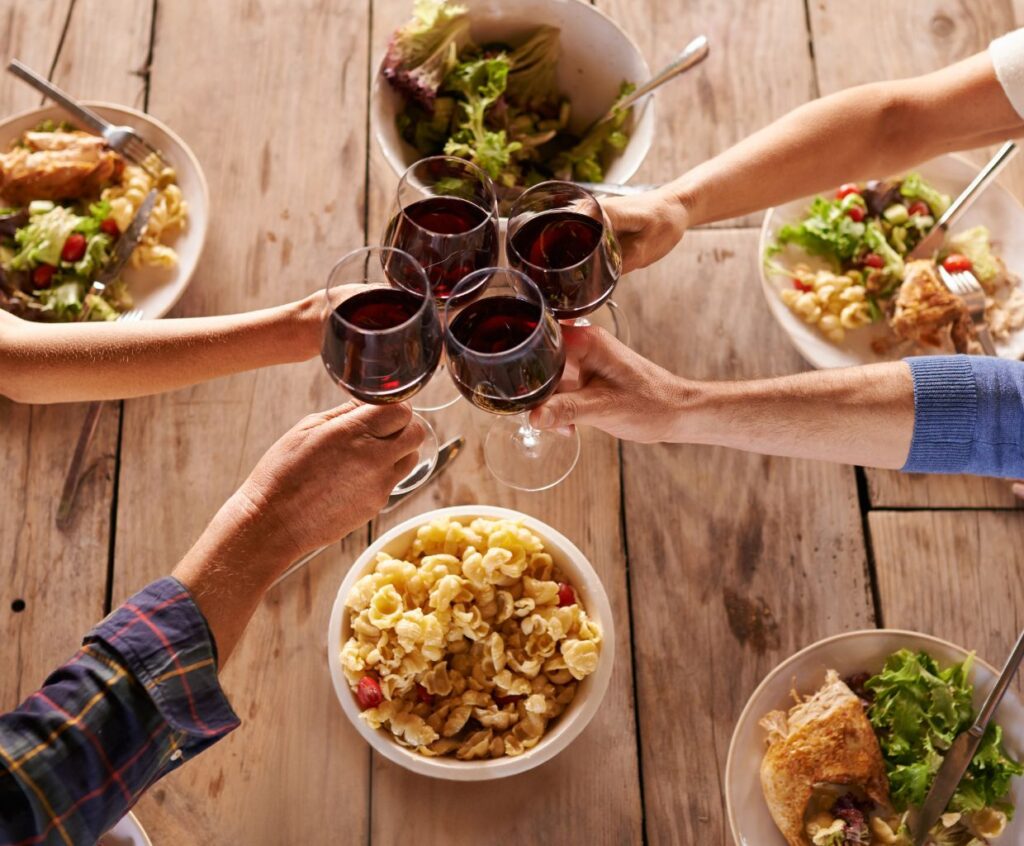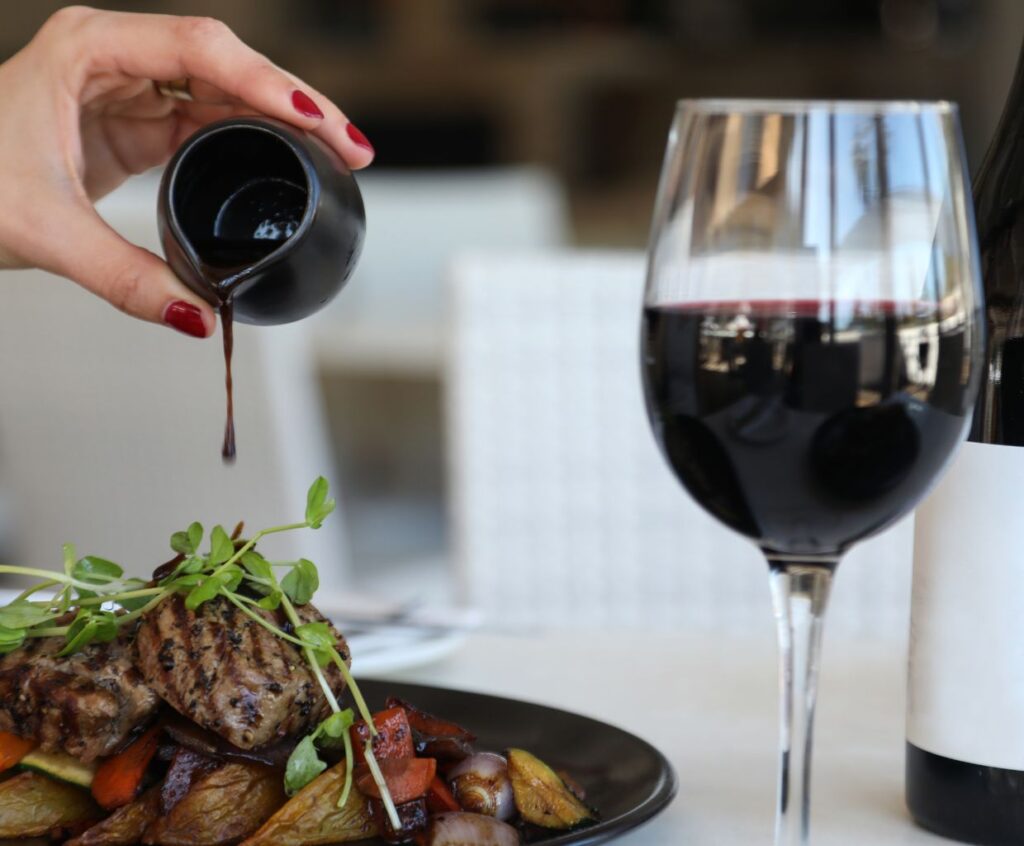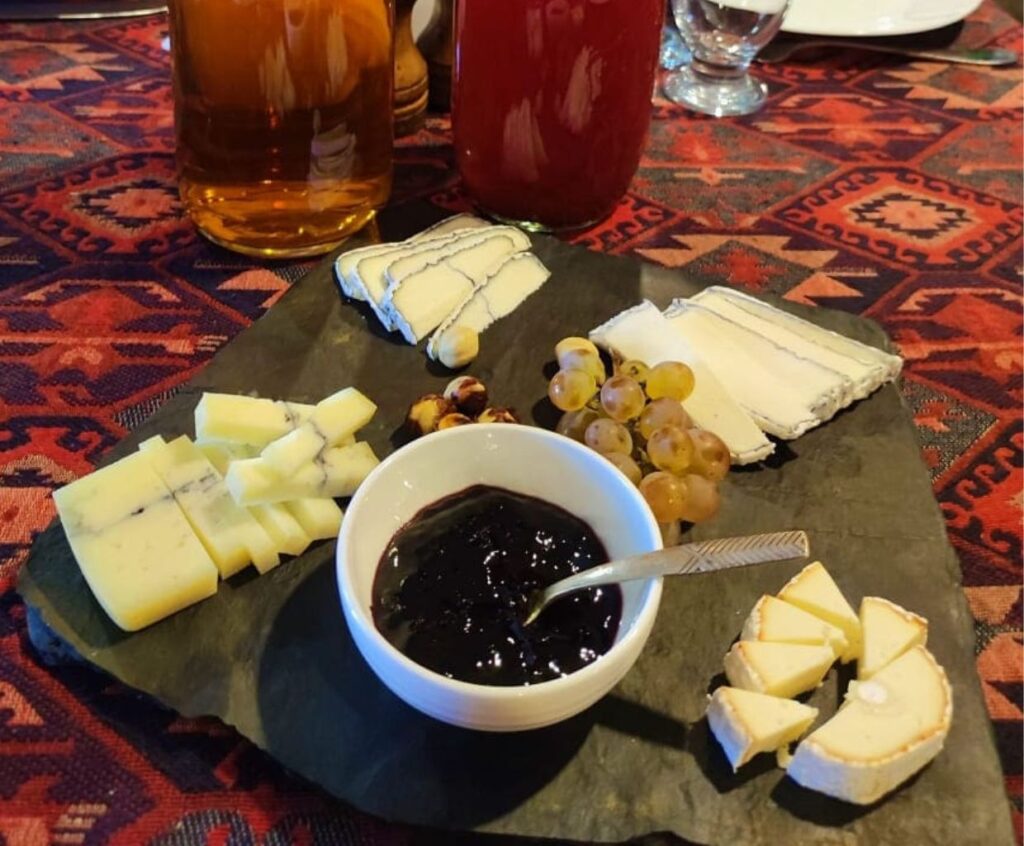The Perfect Pair: Exploring Wine and Food Pairings for an Exquisite Dining Experience
When it comes to enjoying a truly exceptional dining experience, there is nothing quite like the perfect pairing of food and wine.
The right combination can elevate both the dish’s flavors and the wine’s characteristics, creating a harmonious symphony of tastes that will leave your palate craving for more.
Why Pairing Matters
Pairing wine with food is an art form that has been practiced for centuries. The right pairing can enhance the flavors of the food and the wine, allowing them to complement and enhance each other. It’s all about finding the right balance.
Each wine possesses unique qualities, from its acidity and body to its aroma and finish. Similarly, every dish has its distinct flavors, textures, and spices. When paired correctly, the combination can create a new experience for your taste buds.
Exploring the Possibilities
There are endless possibilities when it comes to pairing wine and food. While there are traditional guidelines, it’s important to remember that taste is subjective, and experimenting with different combinations can lead to delightful surprises.
Here are a few classic pairings to get you started:
-
- Chardonnay with Seafood: The crisp acidity and buttery notes of a Chardonnay perfectly complement the delicate flavors of seafood, whether it’s grilled lobster, seared scallops, or creamy seafood pasta.
-
- Merlot with Red Meat: The medium to full-bodied nature of a Merlot pairs wonderfully with red meats like steak, lamb, or venison. The wine’s smooth tannins and fruity flavors help to enhance the richness of the meat.
-
- Sauvignon Blanc with Salads or Light Appetizers: Sauvignon Blanc’s zesty and refreshing characteristics make it an ideal match for fresh salads, goat cheese, or light appetizers. Its herbal notes can heighten the flavors of green vegetables.
-
- Cabernet Sauvignon with Aged Cheese: The bold and robust flavors of a Cabernet Sauvignon can stand up to the intensity of aged cheeses like cheddar, Gouda, or blue cheese. The wine’s tannins and dark fruit flavors provide a delightful contrast.
Remember, these are just a few suggestions, and the best pairings are often a matter of personal preference. Don’t be afraid to experiment and trust your taste buds.
How can one elevate their knowledge and understanding of wine and food pairings to create a truly unforgettable dining experience?
To elevate your knowledge and understanding of wine and food pairings and create a truly unforgettable dining experience, here are some steps you can follow:
1. Educate Yourself: Start by reading books, attending wine tastings, and taking courses or workshops on wine and food pairing. This will help you learn about different types of wine, their characteristics, and how they complement various flavors in food.
2. Experiment and Practice: Try different wine and food combinations independently. Taste different wines with various dishes to understand how their flavors interact. Take notes of what works well and what doesn’t, and learn from your experiences.
3. Consider Balance: Aim for a balance between the food and wine flavors. Look for complementary or contrasting flavors that enhance each other. For example, a rich and bold red wine can pair well with a hearty steak, while a crisp white wine can balance the flavors of seafood or lighter dishes.
4. Pay Attention to Regional Pairings: Explore traditional regional pairings from wine-producing countries. Many wine regions have a culinary tradition that pairs perfectly with local wines. For instance, Italian wines often pair well with tomato-based pasta dishes, while French wines complement rich and creamy sauces.
5. Seek Expert Advice: Consult sommeliers or wine experts for recommendations. They can provide valuable insights and suggest unique pairings based on their expertise and experience.
6. Consider the Occasion: Consider your guests’ occasions and preferences. Are you hosting a formal dinner or a casual gathering? Consider the overall atmosphere and the preferences of those serving the food and wine, as this can influence your choices.
7. Be Open to New Experiences: Don’t be afraid to try unconventional pairings. While classic combinations exist, wine and food pairing have no hard and fast rules. Sometimes, unexpected pairings can surprise and delight your guests.
8. Document and Learn: Keep a journal or digital record of your wine and food pairings. Note down the combinations you’ve tried, what worked, and what didn’t. Over time, you’ll develop a personal understanding of your preferences and refine your choices.
Remember, wine and food pairing is subjective, and everyone’s taste buds differ. Experiment, have fun, and trust your palate to create an unforgettable dining experience.
What classic wine and food pairings create an exquisite dining experience?
Several classic wine and food pairings create an exquisite dining experience. Here are a few examples:
1. Cabernet Sauvignon and steak: The bold flavors and tannins of Cabernet Sauvignon complement the richness and tenderness of a juicy steak.
2. Chardonnay and lobster: Chardonnay’s buttery and oaky notes enhance the delicate flavors of lobster, creating a harmonious pairing.
3. Pinot Noir and salmon: The light to medium-bodied Pinot Noir complements salmon’s rich and fatty flavors, balancing out the dish.
4. Sauvignon Blanc and goat cheese: The zesty acidity of Sauvignon Blanc pairs perfectly with the creamy and tangy flavors of goat cheese.
5. Merlot and roasted lamb: The soft tannins and fruity flavors of Merlot complement roasted lamb’s earthy and savory notes.
6. Champagne and oysters: Champagne’s crisp acidity and effervescence enhance the briny and delicate flavors of oysters.
7. Riesling and spicy Asian cuisine: The slight sweetness of Riesling helps to balance the heat and spice in dishes like Thai or Indian cuisine.
8. Syrah/Shiraz and barbecued meats: The bold and smoky flavors of Syrah/Shiraz pair well with the charred and savory flavors of barbecued meats.
These are just a few examples, and personal preferences may vary. The key is to balance the flavors and characteristics of the wine and the food to create a delightful dining experience.
Wine and Food Pairings – Conclusion
Exploring the world of wine and food pairings can be an enriching experience. It adds an extra layer of enjoyment to your meals and allows you to discover new flavor combinations you may never have considered.
So, the next time you sit down for a special meal, take a moment to consider the perfect pair. Whether it’s a casual gathering with friends or a lavish fine dining experience, finding the right combination of wine and food will elevate your dining experience to new heights.




